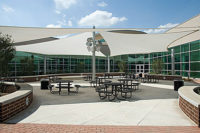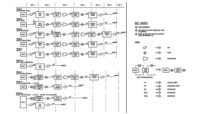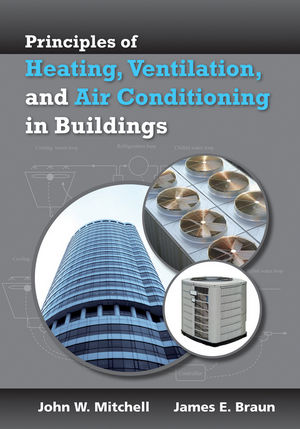The advance builds on past NIST research designed to optimize mixtures of chiller refrigerants with lubricants. The researchers discovered that some lubricants, when injected in small amounts, can significantly enhance evaporator heat transfer, increasing the efficiency of chillers. When they studied the process more closely they found the most efficient heat transfer occurred when the added oil's surface tension, viscosity, composition and chemical characteristics complemented those of the chiller's base lubricant.
In a recent paper* describing the method, Kedzierski describes how the right additive forms a very thin covering on an evaporator surface, which produces enhanced bubbling during boiling. The improved conversion of the refrigerant molecules into vapor molecules increases the chiller's cooling capacity similar to a heat pump.
Kedzierski developed rules for the selection of the different types of oil additives according to the type of chiller lubricant, making successful energy enhancement less of a hit-or-miss proposition. Laboratory work is under way testing the energy enhancing potential of several oil and lubricant combinations that have been identified by the rules.
"The leap from a successful laboratory experiment to an everyday large-scale cooling application is a big one. NIST wants to see this theory translated into products germane to manufacturers as soon as possible," Kedzierski said. "We welcome private-sector interest in the theory and its application."
*M. Kedzierski. Method and transport properties for enhancing the nucleative heat transfer of refrigerant chiller evaporators. PriorArt Database, ip.com. Online publication date, Sept. 28, 2005. The NIST theory and research is also described at http://www.bfrl.nist.gov/pdf/NISTIR7132.pdf.





